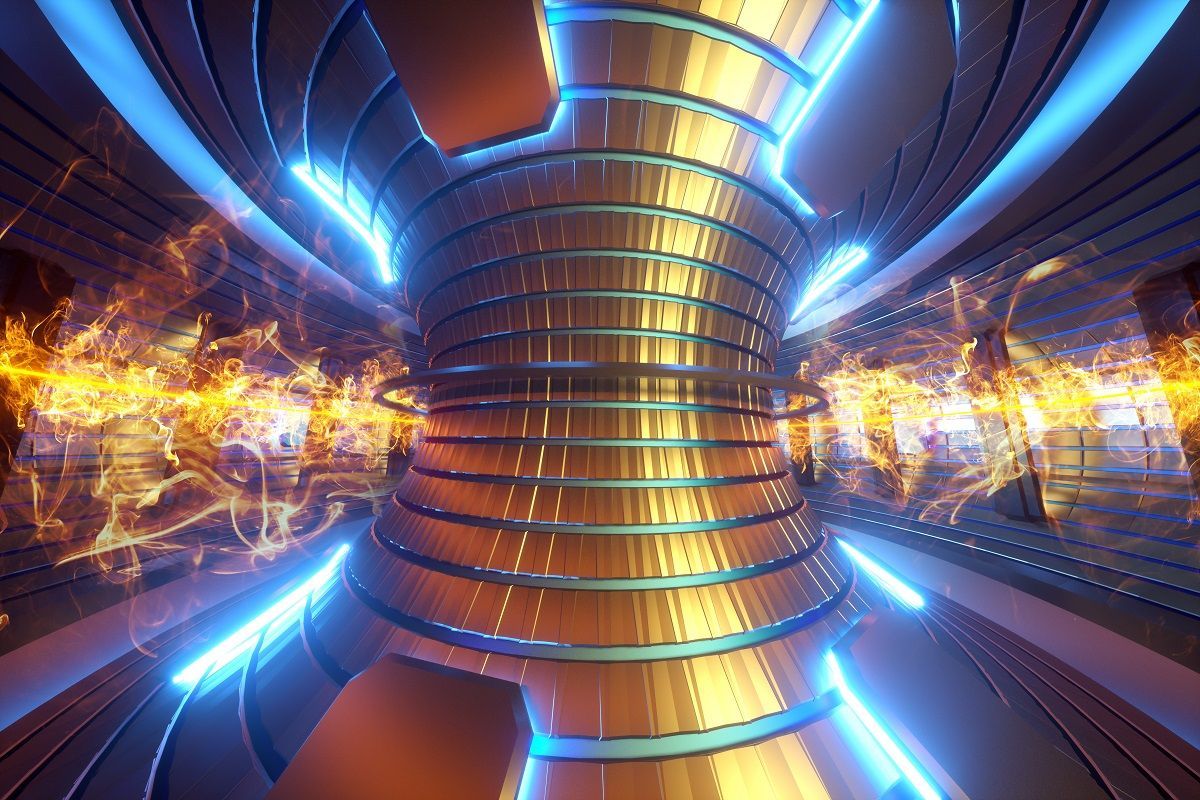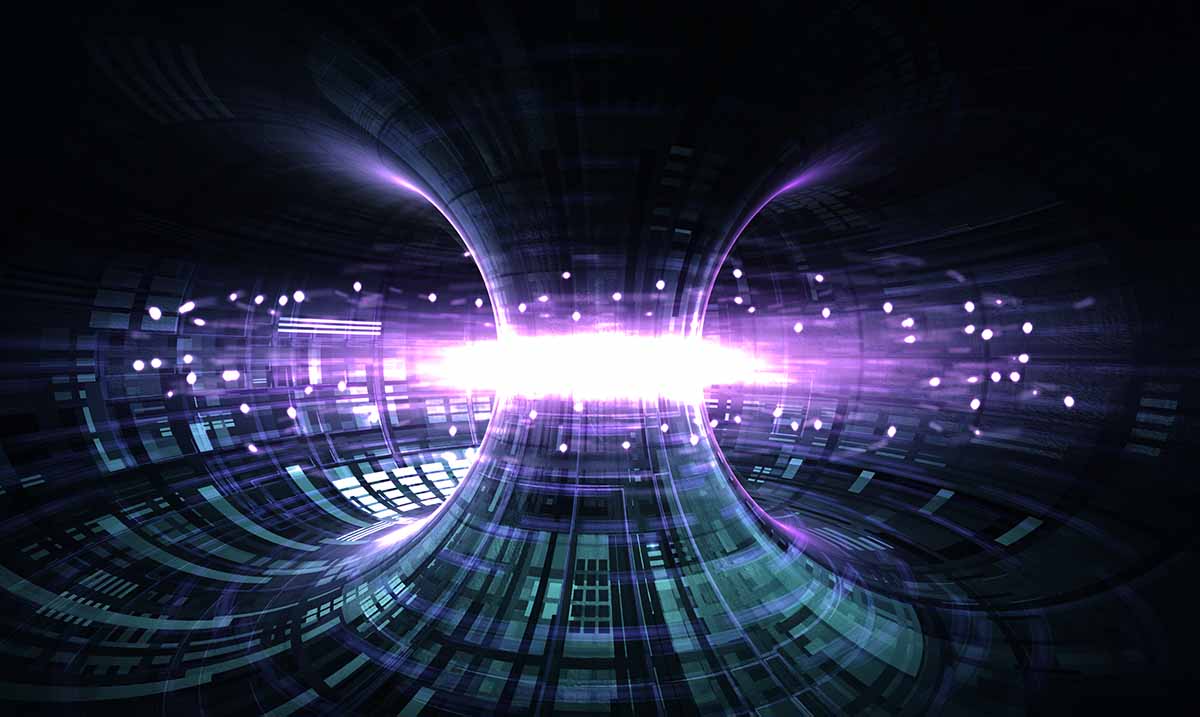A division of US Nuclear Corp; a trusted name in nuclear power detection and monitoring systems. Fusion power is likely the ultimate power source for the world. It has been in development for many years with the most notable and well-known effort, the ITER project. A multinational effort with 35 nations participating. The ITER Tokamak is the most complex machine ever designed, to prove that fusion is a viable source of large-scale, safe, and environmentally friendly energy for the planet.
US Fusion Power is participating in this global effort with its internationally recognized radiation detectors and monitors having been requested for submission for consideration to the final ITER product


US Nuclear Corp’s division of Technical Associates emerged out of the Manhattan Project in 1946 with the recognition of the incoming necessity for commercial radiation detection and monitoring
US Nuclear Corp, through its divisions of Overhoff Technology, Technical Associates, and US Fusion Power, is a long-term contributor to the nuclear power industry globally. Fission nuclear power has been in existence since 1958 with the opening of the first commercial nuclear power plant in the U.S. This was part of President Dwight D. Eisenhower’s Atoms for Peace program.
Additionally, nuclear power is a power source for the United States and other countries' nuclear navies such as submarines and aircraft carriers since 1954.
With this long history, as the atomic age expanded out of the military into commercial use, US Nuclear Corp’s divisions, Technical Associates and Overhoff Technologies, and subsequently US Fusion Power, have been global contributors to the nuclear industry.
Recognizing the demand for clean and efficient nuclear power US Fusion Power has ventured into this new realm of nuclear power. In teaming with MIFTI ((Magneto Inertial Fusion Technologies, Inc.), the development of revolutionary nuclear power fueled by fusion instead of fission will help move nuclear power into the 21st century. US Fusion Power works closely with industry leaders globally to design advanced systems that address unmet needs.
- ABOUT MIFTI/METCH
US NUCLEAR CORP’S strategic partnership with Magneto-Inertial Fusion Technologies, Inc. (MIFTI). MIFTI is in the late stages of the development of fusion power.
Nuclear power utilizing (fusion) energy is one of the most promising and safe sources for an unlimited timeframe and extremely economical fuel costs. For example, one gallon of seawater can produce energy approximately equal to 300 gallons of gasoline energy. With minimal reduced radioactive waste and limited impact on the environment, fusion energy generators will provide the ever-growing electricity requirements the global community demands.
New energy demands currently coming from NASA and the new US Space Force are looking for a clean, high-powered, compact, safe, energy source for spacecraft propulsion, and for establishing operations on the Moon and colonizing Mars.
Most conventional energy sources such as fossil fuels will not burn and are not useful in space exploration and development. Nuclear power is the current energy of choice but nuclear fission is not safe and produces waste. Solar cells do not generate adequate power. This leaves Fusion Energy as the most desirable energy source. The fusion process is the energy that powers the sun. It is safe and clean. Fusion power utilizing hydrogen from water is not subject to runaway meltdowns like a fission nuclear reactor and generates minimal waste.
Concurrently, US Nuclear Corp’s strategic partnership with MIFTI includes cooperation and coordination with MIFTEC, a division of MIFTI posed to produce medical isotopes through fusion power instead of the risky fission power currently utilized. Medical Isotopes are a global crisis. This process will produce scanning isotopes at a fraction of the cost and production time.
US NUCLEAR CORP’S strategic partnership with MIFTEC provides exclusive manufacturing and sales rights for the medical isotope generators in North America and Asia.
. . . . . . . . . . . . . . . . . . . . . . . . . . . . . . . . . . . .